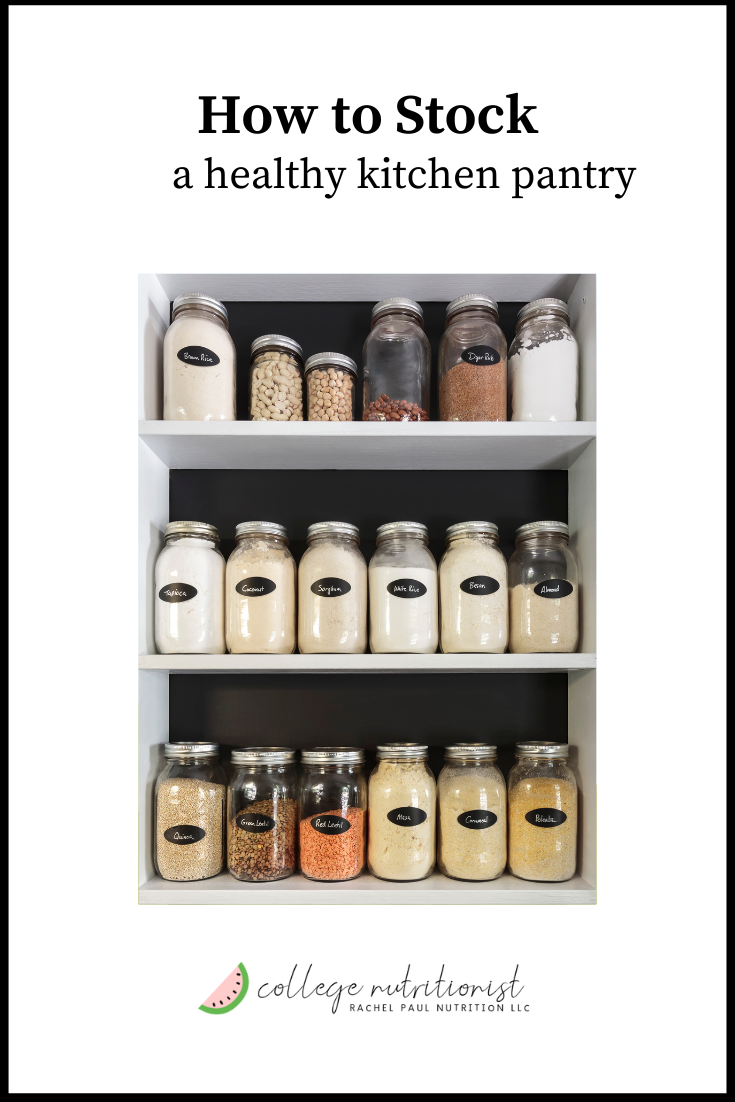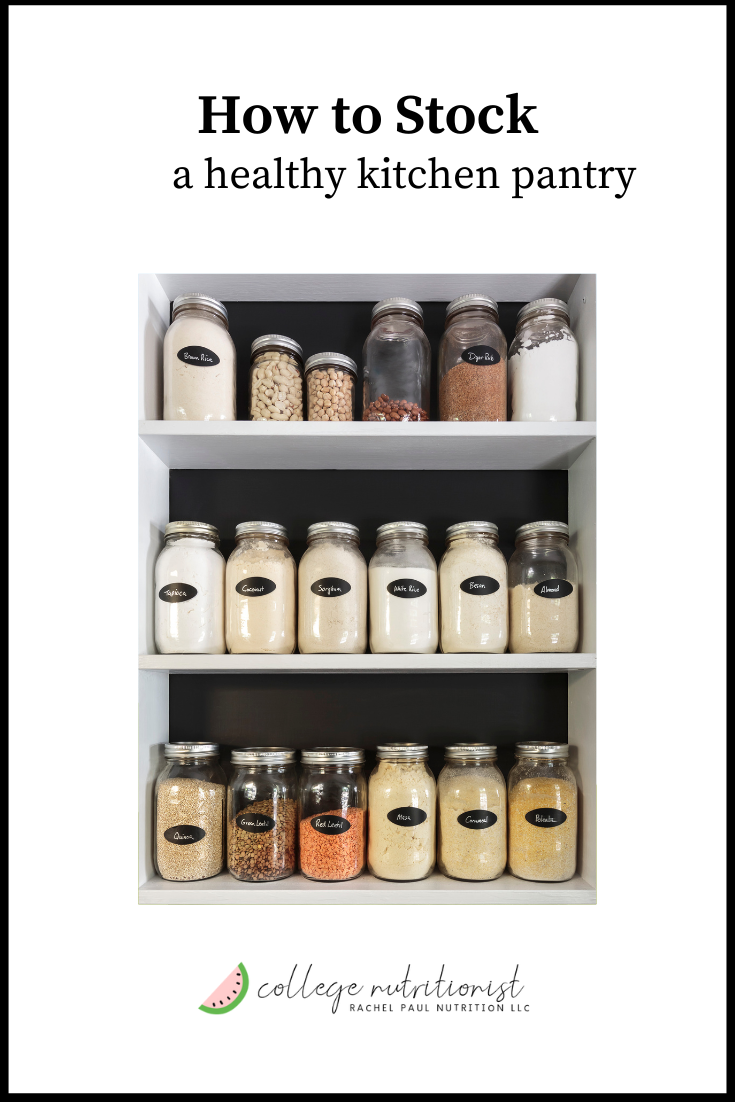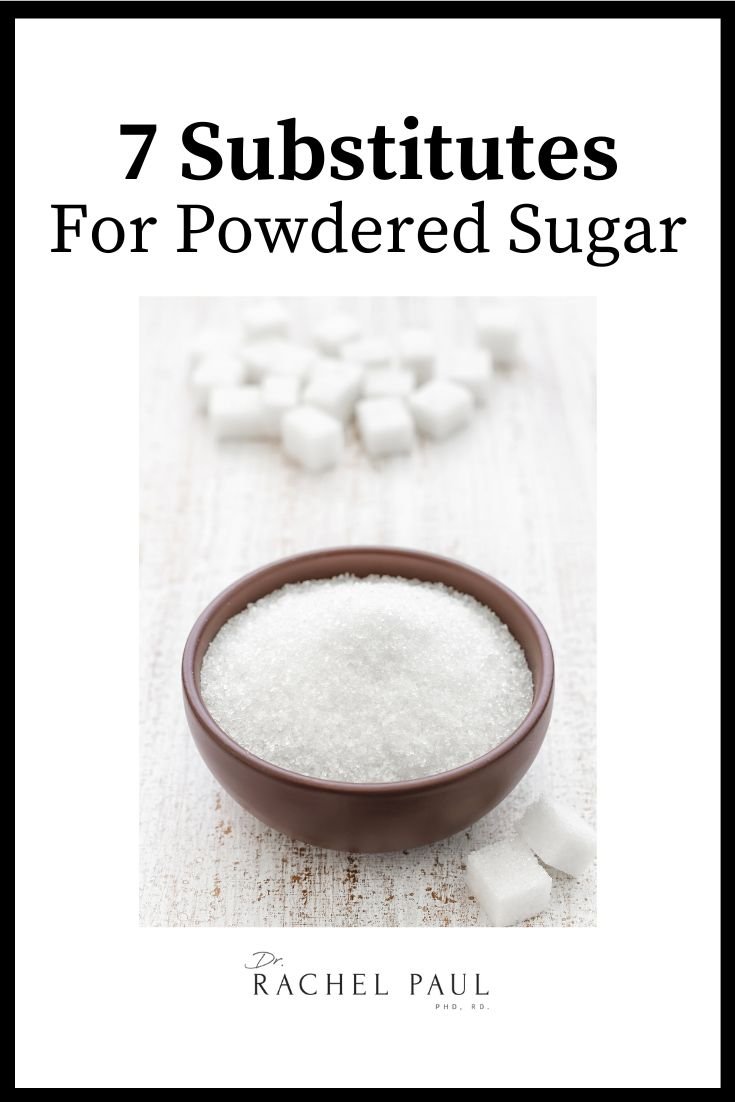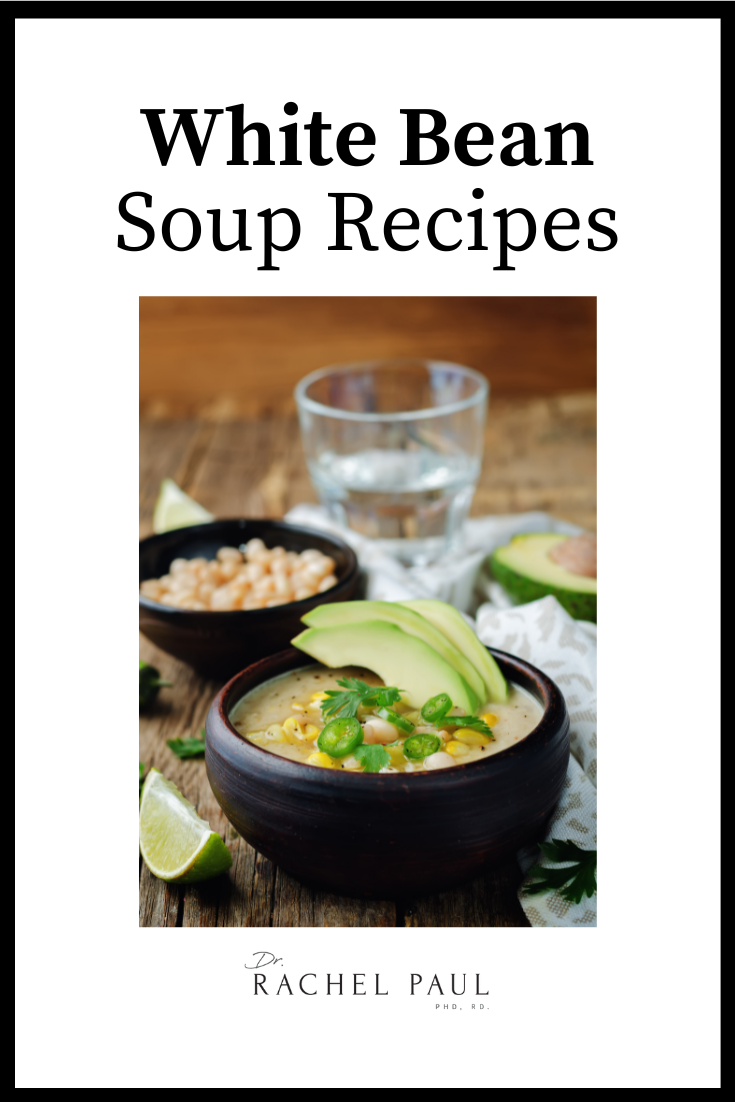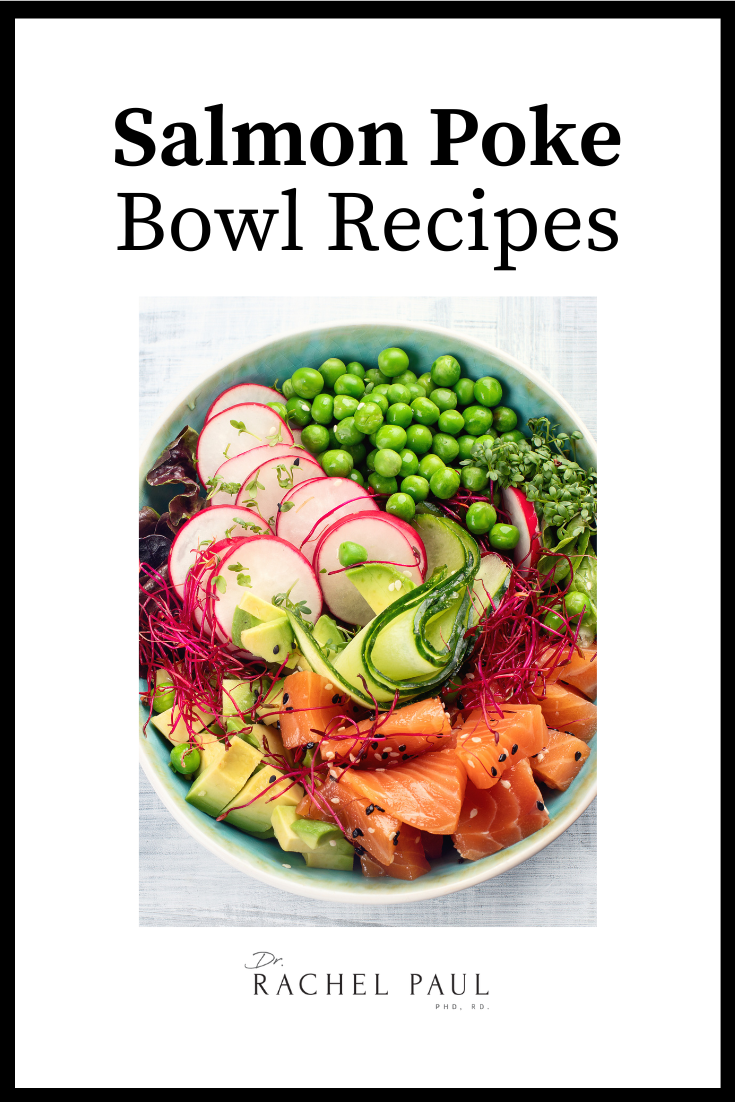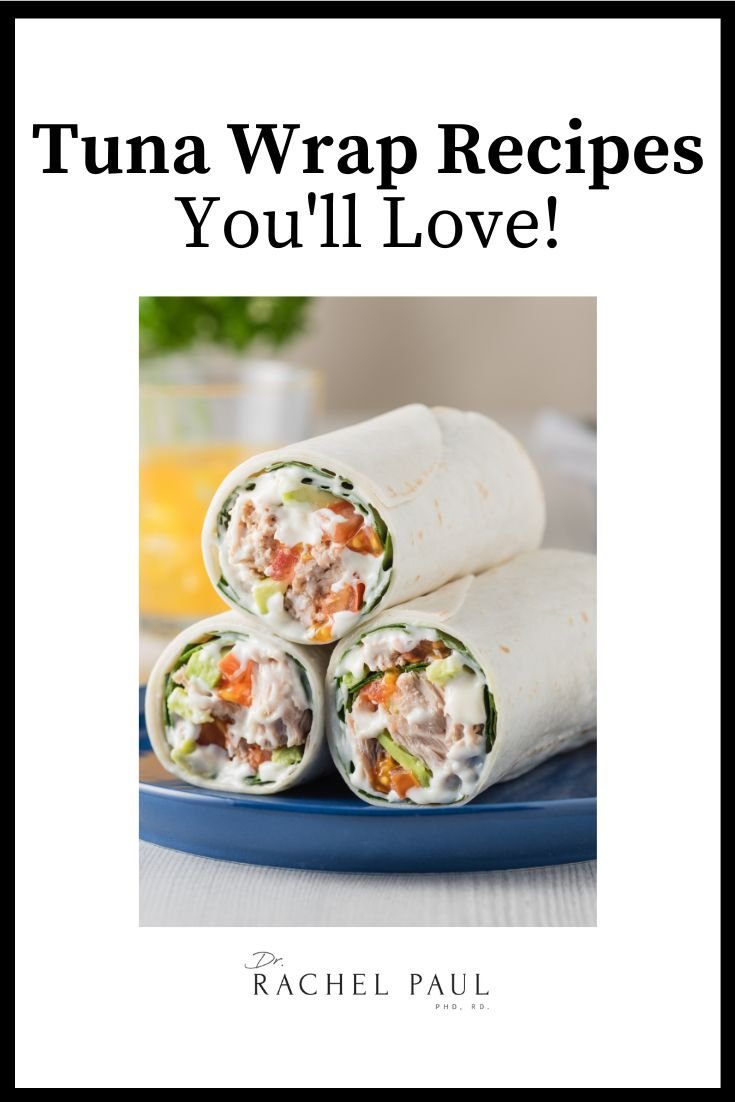Making sure your pantry is stocked with healthy staples is the first step to healthy cooking and healthy eating.
It’s easier to whip up some delicious and nutritious recipes when you have all that you need within reach.
It can also help you save money because you don’t have to order expensive takeout to enjoy a flavorful healthy meal at home.
However, it can be overwhelming when you don’t know where to start.
So in this post, I’m sharing practical tips on how to get your pantry stocked with healthy items as well as a list of healthy pantry staples to get you started.
How To Stock A Healthy Pantry
Clean out your pantry
One of the first things you need to do when you decide to stock a healthy pantry is to actually clean out your pantry.
Get rid of any foods that are past due.
When it comes to unhealthy foods, if you really want to stop yourself from eating them, you can give any unhealthy items to some of your family or friends.
Or just don’t eat them too often and mostly focus on eating healthy foods and making healthy recipes.
Take inventory
Knowing exactly what you have in your pantry, and how much of a certain ingredient you have, can really help you save time and money.
First of all, you’ll know what ingredients you don’t need to buy when going to the grocery store. Plus, you’ll know what foods you have the most of, so you can include them in your meal plans, to use them up.
When making a list of your inventory, also write down the expiration dates. When you see an expiration date is coming up for a certain ingredient, you will know to include it in your meal plan asap.
Keep a running list of ingredients
Keeping a running list of ingredients will ensure you always know exactly what you do have and what you don’t have, which will make grocery shopping that much easier.
Make a healthy grocery list
Now that you know exactly what you do and don’t have, you can make a healthy shopping list. Make sure you include all of the necessary food groups when creating your list of healthy ingredients (you’ll see recommended healthy staples below).
When making the list, note down which grocery stores you need to go to, if one grocery store doesn’t have everything you need – it will help you be more organized.
Get containers
Get containers and organize everything.
When you organize your pantry, it will make it easier to find stuff, you’ll easily see what you have, and you’ll be sure your foods are stored properly.
Plus, having a nicely organized pantry helps you stay motivated to keep it healthy.
Healthy Pantry Staples
Healthy Fats
Olive oil
Olive oil is a great healthy fat. You can put it on salads and use it as a dressing. Just make sure you buy high-quality olive oil, and get both the Extra Virgin one for cold uses and one for cooking.
Avocado
Another great source of healthy fats are avocados. You can add them to eggs to make a healthy breakfast, include them in salads, put them on toast, etc.
Coconut oil
Another great oil for cooking is coconut oil. Plus, it’s great for face and hair masks as well!
Grains and Pasta
Brown rice
Brown rice is a great healthy carb that can be paired with any protein and veggies for a super nutritious lunch or dinner. The shelf-life is long, so it makes it great for stocking up on it.
Whole-grain pasta
While pasta usually isn’t considered a healthy food, whole-grain pasta actually isn’t bad for you. It’s the sauces that usually make it unhealthy. So, keep your sauce healthy, and whole-grain pasta can be a healthy carb source.
Whole-grain bread
Whole-grain bread doesn’t have a long shelf life, so you will buy this more often than other grains and pasta.
Whole-grain tortillas
If you like burritos and quesadillas, definitely get whole-grain tortillas.
Quinoa
Quinoa is a very healthy grain and can be used in many recipes.
Couscous
Couscous pairs so well with protein and veggies.
Oats
When buying oats, try to buy whole-grain ones, as they are the healthiest. To keep it super healthy, don’t buy the instant flavored packets – buy regular oats and make them yourself.
Beans and Lentils
You can buy dried beans and lentils or canned (or both, so you have different kinds for different healthy recipes). Canned beans are great for quick and easy recipes, as you won’t have to cook or pre-soak them, but some recipes call for dried beans, so it’s good to have both kinds.
Black beans
White beans
Pinto beans
Chickpeas
Kidney beans
Red lentils
Green lentils
Dairy
Milk
Yogurt
Greek yogurt
Cheese
Non-dairy milk
This can be almond milk, soy milk, coconut milk, oat milk, etc.
Nuts and Seeds
Nuts and seeds usually have a long shelf life. They’re great sources of healthy fats, and great as snacks,
Almonds
Peanuts
Hazelnuts
Walnuts
Chia seeds
Sesame seeds
Cashews
Pine nuts
Pecans
Brazil nuts
Herbs and Spices
When it comes to herbs, you can and should have both fresh and dried herbs. Some recipes require fresh ones, while for some, dried herbs are needed.
Dry herbs and spices usually have a long shelf life, while fresh ones don’t (and fresh ones should be kept in the fridge, not the pantry!), so make sure you use the fresh ones soon after buying.
Oregano
Basil
Rosemary
Thyme
Dill
Chives
Red pepper flakes
Garlic powder
Onion powder
Turmeric
Cumin
Curry powder
Smoked paprika
Snacks
Healthy protein bars
Trail mixes
Veggie chips
Condiments and Sauces
Mustard
Ketchup or marinara
When it comes to buying ketchup or marinara, try to find some brands that don’t have too much sugar, to keep it healthy.
Salad dressings
Make sure to read the label when buying pre-made salad dressings, as some can have many calories and be not-so-healthy.
Pasta sauce
The same goes for pasta sauce – read the label and try to buy ones with the cleanest ingredients.
Soy sauce
Hummus
Nut butter
This can be peanut butter or almond butter.
Freezer Staples
Frozen fruit
Frozen vegetables
